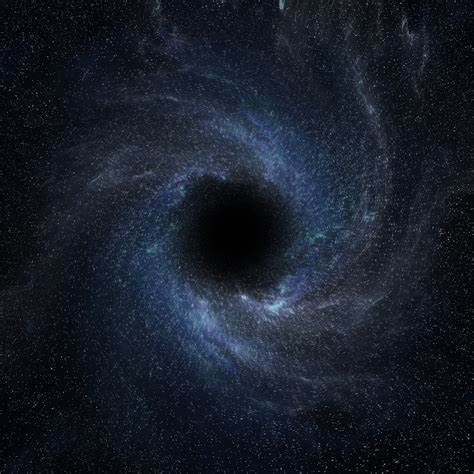The Enigma of Black Holes
In the vast tapestry of the cosmos, there exist celestial enigmas that defy our understanding. Among these, black holes stand as cosmic behemoths—gravitational traps so dense that not even light can escape their clutches. They warp spacetime, bending reality into convoluted shapes, and beckon us to unravel their mysteries.
Black Holes
A black hole is an astronomical object with a gravitational pull so strong that nothing, not even light, can escape it. Its “surface,” called the event horizon, defines the boundary where the velocity needed to escape exceeds the speed of light, which is the speed limit of the cosmos. Matter and radiation fall in, but they can’t get out .

The Mad Experiment
But what if we could bring a black hole into our earthly domain? What if, within the confines of a laboratory, physicists could simulate the inescapable maw that swallows stars and distorts the very fabric of existence?
The physicists embarked on an audacious experiment. Their goal: to create a miniature black hole—a mere echo of the cosmic giants—within the controlled environment of their lab. The apparatus hummed with anticipation. Wires coiled like serpents, and lasers whispered secrets. At its heart lay the singularity—a swirling vortex of magnetic fields. Could they coax it into revealing the elusive Hawking radiation? Or would it collapse into mathematical absurdity?
The Event Horizon Quivers
As the physicists cranked up the intensity, the simulated event horizon quivered. Light, once carefree, hesitated at the precipice. The lab held its breath. Would this experiment yield insights or plunge them into cosmic paradoxes?
And then, it happened—the black hole began to glow. Not the inky darkness of its celestial brethren, but a luminous dance of particles. It pulsed with a rhythm unknown to the cosmos, as if mocking the laws of gravity. Photons pirouetted, escaping the clutches of the event horizon. The lab trembled, and the physicists exchanged wide-eyed glances.
The Cosmic Ballet
In that moment, they glimpsed the universe’s hidden symphony—the harmonies of quantum foam, the crescendo of collapsing stars, and the encore of cosmic birth. Their black hole, a tabletop oddity, sang a song of paradoxes. It was a cosmic glitch, a glitch that whispered, “We are all stardust, entangled in the cosmic dance.”
And so, in the dim glow of their lab, they scribbled equations, their pens racing to capture the ephemeral glow. Perhaps they had glimpsed a crack in reality, a backstage pass to the cosmic theater. Or perhaps they had merely stumbled upon a glitch in the matrix.
But one thing was certain: the black hole glowed, and the physicists danced with the stars.
Beyond the Glow: Unraveling the Quantum Secrets
The story of the lab-made black hole doesn’t end with its luminous glow. Scientists continue to probe the depths of these cosmic enigmas, seeking answers to questions that defy our intuition. Here are a few intriguing threads:
The Unruh Effect: Imagine accelerating through the vacuum of space. According to the Unruh effect, you wouldn’t see darkness but rather a warm glow. While evidence for this phenomenon has accumulated over the years, directly detecting it on a single accelerated particle has remained elusive. Researchers now propose a clever approach to enhance the chances of observing the Unruh effect, potentially reducing the wait time from billions of years to mere hours.
Hawking Radiation: Around a black hole, the immense gravity heats matter to millions of degrees, causing it to glow in X-rays. This phenomenon, known as Hawking radiation, mirrors the Unruh effect. It predicts a thermal glow arising from light and matter interactions in extreme gravitational fields. Stephen Hawking’s groundbreaking proposal opened a new chapter in our understanding of black holes.
Hidden Rings: In 2019, the Event Horizon Telescope captured the first image of a black hole—a fuzzy glow around M87’s event horizon. But hidden within that glow are infinite sharp rings of light. These rings hold movies of the universe, encoded in their intricate patterns. The cosmic ballet continues, and we’re only beginning to decipher its choreography.
As we peer into the cosmic abyss, we find that black holes are not just cosmic vacuum cleaners; they are cosmic storytellers, revealing tales of gravity, light, and the fabric of spacetime itself.


